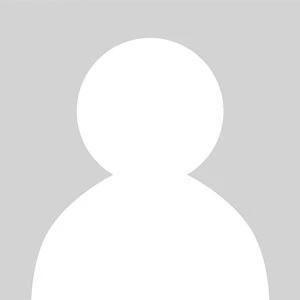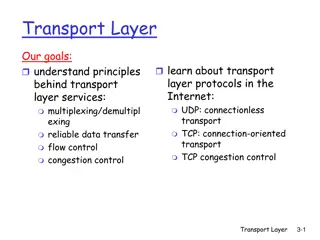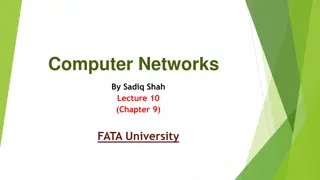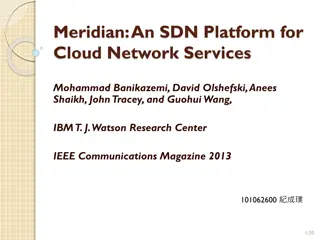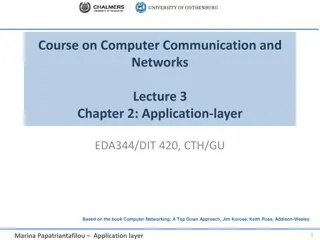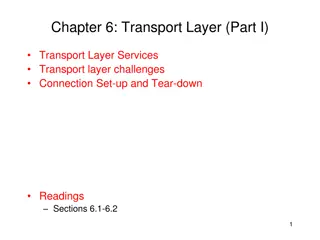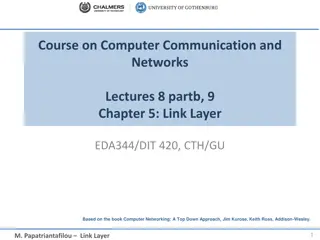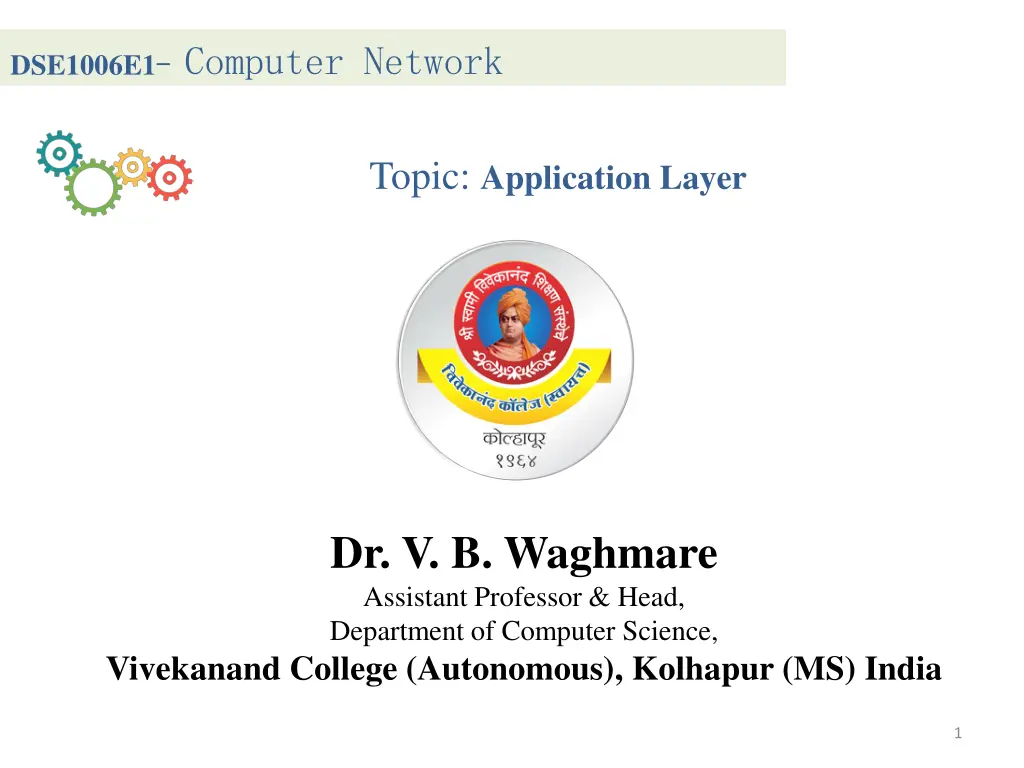
Understanding Application Layer in Computer Networks
Explore the Application Layer in computer networks, which handles functions like identifying communication partners, resource availability, and more. Discover the significance of Domain Name System (DNS), Hypertext Transfer Protocol (HTTP), and the World Wide Web (WWW) in facilitating internet communication.
Download Presentation

Please find below an Image/Link to download the presentation.
The content on the website is provided AS IS for your information and personal use only. It may not be sold, licensed, or shared on other websites without obtaining consent from the author. If you encounter any issues during the download, it is possible that the publisher has removed the file from their server.
You are allowed to download the files provided on this website for personal or commercial use, subject to the condition that they are used lawfully. All files are the property of their respective owners.
The content on the website is provided AS IS for your information and personal use only. It may not be sold, licensed, or shared on other websites without obtaining consent from the author.
E N D
Presentation Transcript
DSE1006E1- - Computer Network Topic: Application Layer Dr. V. B. Waghmare Assistant Professor & Head, Department of Computer Science, Vivekanand College (Autonomous), Kolhapur (MS) India 1
Application Layer The Application layer includes the following functions: o Identifying communication partners o Determining resource availability o Synchronizing communication Services provided by Application Layers: o Network Virtual terminal o File Transfer, Access, and Management (FTAM) o Addressing o Mail Services o Directory Services 2
Application Layer Domain Name System (DNS): o Naming database in which internet domain names are located and translated into Internet Protocol (IP) addresses. o The domain name system maps the name people use to locate a website to the IP address that a computer uses to locate that website. o For example, if someone types "example.com" into a web browser, a server behind the scenes maps that name to the corresponding IP address. An IP address is similar in structure to 203.0.113.72. o Web browsing and most other internet activities rely on DNS to quickly provide the information necessary to connect users to remote hosts. o DNS servers convert URLs and domain names into IP addresses that computers can understand and use. They translate what a user types into a browser into something the machine can use to find a webpage. This process of translation and lookup is called DNS resolution. 3
Application Layer HyperText Transfer Protocol (HTTP) o The communications protocol used to connect to Web servers on the Internet or on a local network (intranet). o The primary function of HTTP is to establish a connection with the server and send HTML pages back to the user's browser. o Addresses of websites begin with an http:// prefix; however, Web browsers typically default to the HTTP protocol. For example, typing www.yahoo.com is the same as typing http://www.yahoo.com. In fact, only yahoo.com has to be typed in. The browser adds the rest. 4
Application Layer World Wide Web (WWW) o which is also known as a Web, is a collection of websites or web pages stored in web servers and connected to local computers through the internet. o These websites contain text pages, digital images, audios, videos, etc. o A web page is given an online address called a Uniform Resource Locator (URL). A particular collection of web pages that belong to a specific URL is e.g., www.facebook.com, www.google.com, etc. So, the World Wide Web is like a huge electronic book whose pages are stored on multiple servers across the world. called a website, o Small websites store all of their WebPages on a single server, but big websites or organizations place their WebPages on different servers in different countries so that when users of a country search their site they could get the information quickly from the nearest server. 5
Application Layer Telnet: is an application protocol used on the Internet or local area network to provide a bidirectional interactive communication facility using a virtual terminal connection. User data is interspersed in-band with Telnet control information in an 8-bit byte oriented data connection over the Transmission Control Protocol (TCP). Simple Protocol (SMTP): is an internet communication for electronic transmission. Mail servers and other message transfer agents use SMTP to send and receive mail messages. User-level email clients typically use SMTP only for sending messages to a mail server for relaying, and typically outgoing email to the mail server Mail Transfer text-oriented standard protocol mail File Transfer Protocol (FTP): is a standard communication protocol used for the transfer of computer files from a server to a client on a computer network. FTP is built on a client server model architecture using separate control and data connections between the client and the server. submit 6
